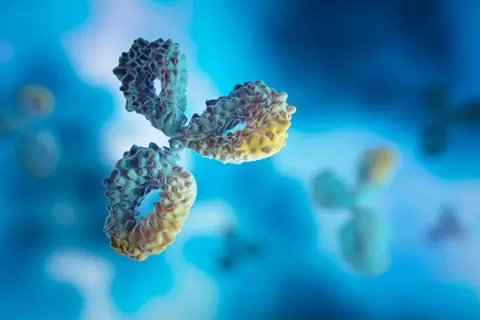Early vs. late use of vedolizumab in ulcerative colitis
Vermeire S, J Crohns Colitis. 2024;18(4):540–7
No significant differences in clinical, endoscopic and histological outcomes following vedolizumab therapy were observed in this prospective trial between “early” and “late” disease stages.
Background and aims: The authors explored the potential for differential efficacy of vedolizumab between early and late ulcerative colitis (UC) with evaluation of clinical, endoscopic, and histological endpoints.
Methods: This was a multicentre, multinational, open-label study in patients with moderately-to-severely active UC, defining early UC by a disease duration < 4 years and bio-naive and late UC by a disease duration > 4 years and additional exposure to tumour necrosis factor antagonists. Patients received standard treatment with intravenous vedolizumab for 52 weeks (300 mg weeks 0, 2, 6, every 8 weeks thereafter without escalation). The primary endpoint was corticosteroid-free clinical remission with endoscopic improvement (total Mayo score ≤ 2 with no subscore >1) at both weeks 26 and 52.

Results: A total of 121 patients were included: in the “early” group, 25 of 59 (42.4%) achieved the primary endpoint versus 19 of 62 (30.6%) in the “late” group (p = 0.18). There were no significant differences between the 2 groups in endoscopic improvement (week 26: “early” 32/59 [54.2%] vs. “late” 29/62 [46.8%]; p = 0.412; week 52: 27/59 [45.8%] vs. 25/62 [40.3%]; p = 0.546) or in histological remission (Robarts Histopathology Index < 3 without neutrophils in the epithelium and lamina propria) (week 26: 24/59 [40.7%] vs. 21/62 [33.9%]; p = 0.439; week 52: 22/59 [37.3%] vs. 22/62 [35.5%]; p = 0.837).
Conclusion: No significant differences in clinical, endoscopic, and histological outcomes were observed between “early” and “late” disease.